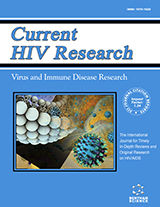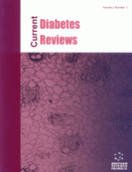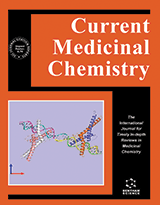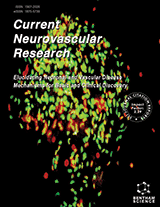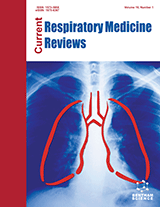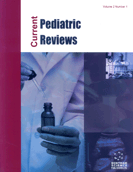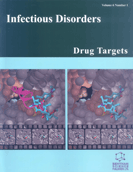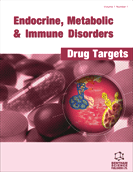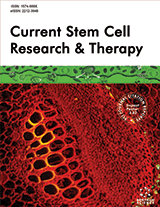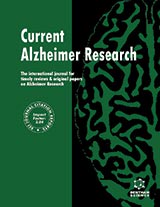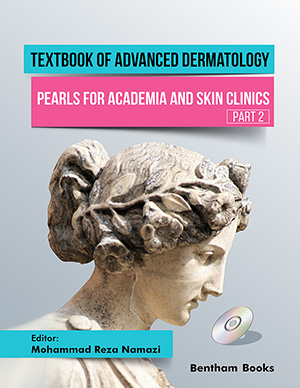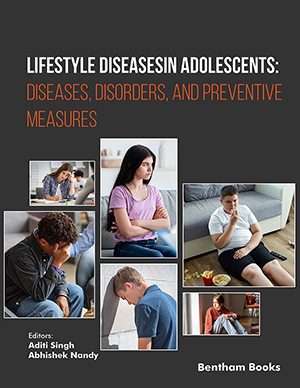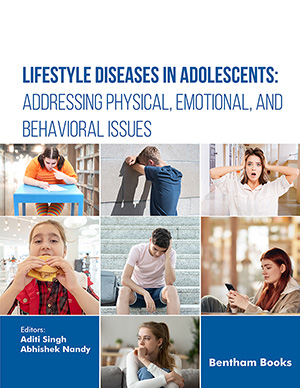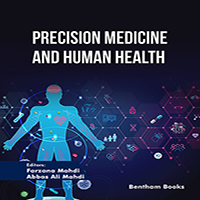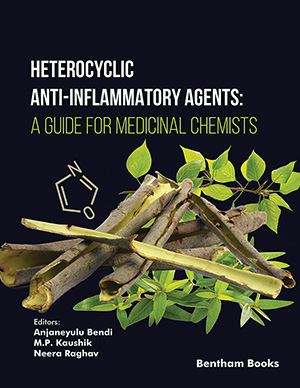
Abstract
To determine the outcome of HIV infection in children in a resource-limited setting, a retrospective analysis of a series of 51 pediatric cases from the Serbian cohort of HIV infected patients was performed. Twenty seven patients died in the pre-HAART era, but mono/dual antiretroviral treatment had significantly (p=0.046) prolonged survival. Of the total of 24 HAART-treated patients, 10 had clinical AIDS before HAART initiation. The mean baseline CD4 cell count was 193.9 ± 170.0/mm3. After a mean follow-up of 72.6 ± 44 months, a favorable response was recorded in 62.5%, treatment failure (defined as non-achievement of undetectable viremia) in 20.8%, and a discrepant virological and immunological response (achievement of undetectable viremia but without a rise in CD4 cell counts adequate for age) in 16.7% patients. No patients died, and there were only three hospital admissions after commencing HAART. Five immune restoration inflammatory syndrome episodes were recorded, of which four were due to BCG-osis. Lipodystrophy and hyperlipidemia occurred in 18.2% and 26.3% patients, respectively. We conclude that even in suboptimal facilities, the prognosis of HIV disease among children on HAART may be rather good. The metabolic syndrome seems to emerge as an important issue among long-term surviving children on HAART.
Keywords: Pediatric HIV/AIDS, HAART, Prognosis
Current HIV Research
Title: The Prognosis of Pediatric AIDS in Serbia
Volume: 7 Issue: 3
Author(s): Djordje Jevtovic, Dubravka Salemovic, Jovan Ranin, Branko Brmbolic and Olgica Djurkovic-Djakovic
Affiliation:
Keywords: Pediatric HIV/AIDS, HAART, Prognosis
Abstract: To determine the outcome of HIV infection in children in a resource-limited setting, a retrospective analysis of a series of 51 pediatric cases from the Serbian cohort of HIV infected patients was performed. Twenty seven patients died in the pre-HAART era, but mono/dual antiretroviral treatment had significantly (p=0.046) prolonged survival. Of the total of 24 HAART-treated patients, 10 had clinical AIDS before HAART initiation. The mean baseline CD4 cell count was 193.9 ± 170.0/mm3. After a mean follow-up of 72.6 ± 44 months, a favorable response was recorded in 62.5%, treatment failure (defined as non-achievement of undetectable viremia) in 20.8%, and a discrepant virological and immunological response (achievement of undetectable viremia but without a rise in CD4 cell counts adequate for age) in 16.7% patients. No patients died, and there were only three hospital admissions after commencing HAART. Five immune restoration inflammatory syndrome episodes were recorded, of which four were due to BCG-osis. Lipodystrophy and hyperlipidemia occurred in 18.2% and 26.3% patients, respectively. We conclude that even in suboptimal facilities, the prognosis of HIV disease among children on HAART may be rather good. The metabolic syndrome seems to emerge as an important issue among long-term surviving children on HAART.
Export Options
About this article
Cite this article as:
Jevtovic Djordje, Salemovic Dubravka, Ranin Jovan, Brmbolic Branko and Djurkovic-Djakovic Olgica, The Prognosis of Pediatric AIDS in Serbia, Current HIV Research 2009; 7 (3) . https://dx.doi.org/10.2174/157016209788347912
| DOI https://dx.doi.org/10.2174/157016209788347912 |
Print ISSN 1570-162X |
| Publisher Name Bentham Science Publisher |
Online ISSN 1873-4251 |
Call for Papers in Thematic Issues
HIV vaccine development
The development of a safe and effective vaccine that impedes HIV-1 transmission and/or limits the severity of infection remains a public health priority. The HIV-1/AIDS pandemic continues to have a disproportionate impact on vulnerable and under-served communities in the USA and globally. In the USA, minority communities that have relatively ...read more
Lymphomas in people living with HIV (PLWH)
In the era of combined antiretroviral therapy (cART), the incidence of lymphoma among people living with HIV (PLWH) surpassed Kaposi's sarcoma in 2011, becoming the most common AIDS-defining malignancy. The annual incidence rate ranges approximately from 100 to 300 per 100,000 individuals with HIV infection as the population denominator, which ...read more
 8
8
- Author Guidelines
- Graphical Abstracts
- Fabricating and Stating False Information
- Research Misconduct
- Post Publication Discussions and Corrections
- Publishing Ethics and Rectitude
- Increase Visibility of Your Article
- Archiving Policies
- Peer Review Workflow
- Order Your Article Before Print
- Promote Your Article
- Manuscript Transfer Facility
- Editorial Policies
- Allegations from Whistleblowers
Related Articles
-
Ginkgo Biloba Extract (EGb 761) in Alzheimers Disease: Is there Any Evidence?
Current Alzheimer Research Therapeutic Strategies Targeting Amyloid-β in Alzheimer’s Disease
Current Alzheimer Research Editorial [Hot Topic:Active and Passive Aβ-Immunotherapy: Preclinical and Clinical Studies and Future Directions: Part I (Guest Editors: Michael G. Agadjanyan and David H. Cribbs)]
CNS & Neurological Disorders - Drug Targets Determination of Spatial and Temporal Distribution of Microglia by 230nm-High-Resolution, High-Throughput Automated Analysis Reveals Different Amyloid Plaque Populations in an APP/PS1 Mouse Model of Alzheimers Disease
Current Alzheimer Research Trypanosomatid Parasites Causing Neglected Diseases
Current Medicinal Chemistry The Usefulness and Challenges of Transgenic Mouse Models in the Study of Alzheimers Disease
CNS & Neurological Disorders - Drug Targets Evaluation of B Lymphocyte Deficiencies
Cardiovascular & Hematological Disorders-Drug Targets Pharmacodynamics and Pharmacokinetics of Antifungals for Treatment of Invasive Aspergillosis
Current Pharmaceutical Design Treatment of Viral Encephalitis
Central Nervous System Agents in Medicinal Chemistry Copper as a Biocidal Tool
Current Medicinal Chemistry Treatment of Central Nervous System Tuberculosis Infections and Neurological Complications of Tuberculosis Treatment
Current Pharmaceutical Design Humanized Mouse Models of HIV-1 Latency
Current HIV Research Uveitis in Rheumatic Diseases
Current Rheumatology Reviews Immunotherapy for Alzheimers Disease: Rational Basis in Ongoing Clinical Trials
Current Pharmaceutical Design Is it the Right Time to Coin the Term “Expanded COVID Syndrome (ECS)”?
Coronaviruses Pathophysiological Roles of Transglutaminase - Catalyzed Reactions in the Pathogenesis of Human Diseases
Inflammation & Allergy - Drug Targets (Discontinued) Discovery, SAR and Medicinal Chemistry of Herpesvirus Helicase Primase Inhibitors
Current Medicinal Chemistry - Anti-Infective Agents Safety of Systemic Biologic Agents in the Treatment of Non-malignant Skin Disorders
Current Drug Safety Novel Synthetic Compounds as Potential Anticryptococcal Agents
Current Organic Synthesis A UBI 31-38 Peptide-coumarin Conjugate: Photophysical Features, Imaging Tracking and Synergism with Amphotericin B Against Cryptococcus
Current Topics in Medicinal Chemistry


